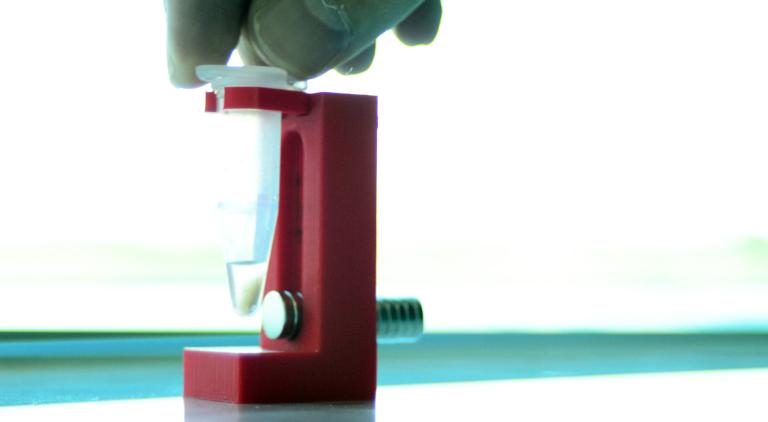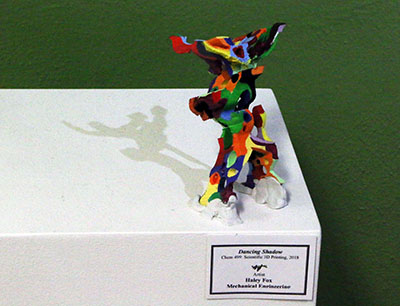
Kettering University students are learning how to design and successfully use 3D printing to improve scientific instruments and problem solve in a pilot course this spring.
Dr. Chris Dewberry, Chemistry and Biochemistry faculty member at Kettering, introduced the course during the spring term. Students learn how to use SolidWorks, a CAD program, and become certified in using the program. Students have learned about the chemistry and materials behind 3D printing, best practices and the uses for 3D printing, Dewberry said. The goal of the class is for students to learn innovative problem solving. Students are using 3D printing to solve a problem in research at Kettering or in their co-op like improving instrumentation. Nineteen students pursuing various majors took the pilot course.

As part of the class, students were assigned an art project. They had to design and print a piece of art. Examples include Barad-dûr, the tower of Sauron in “The Lord of the Rings”, planters for live plants, a model SpaceX rocket and a shadow sculpture. The art projects allow students to practice their skills in designing and printing and see what works and what doesn’t.
Steven Ostrowski ‘19, a Mechanical Engineering major in the class, said he was interested in the class to learn about different filaments and the polymer science behind them. That knowledge helps him become a better engineer, he said.
“I have a strong background in additive manufacturing and I would like to keep that up,” he said. “Additive manufacturing is a growing field, and this class is helping me stay ahead of the curve.”
Mechanical Engineering major Carolyn Chase ‘19 said the concept of turning a 2D image into a physical 3D model has always intrigued her. Her interest in 3D printing came from her background in art and in manufacturing, specifically how a machine can produce a near-perfect model of an image when most people cannot.
For her art project, she printed a highly-detailed model of Barad-dûr. As a long-time “The Lord of the Rings” fan, she wanted to create the tower to test her solidworks and 3D printing skills and print something she loves.
The pilot course has improved Chase’s practical design skills, she said.
“Before this class, I was very familiar with CAD software, but through this class, I was forced to visualize the process of creating the parts I had designed,” she said. “I can carry this emphasis on designing a part for reality into my future capstone class and to my job.”